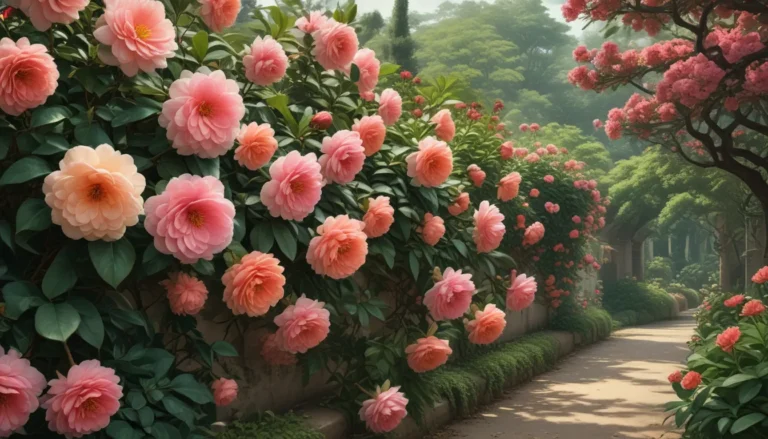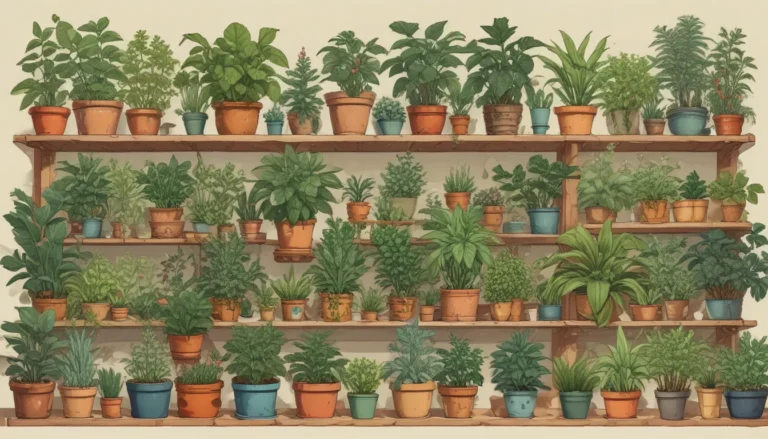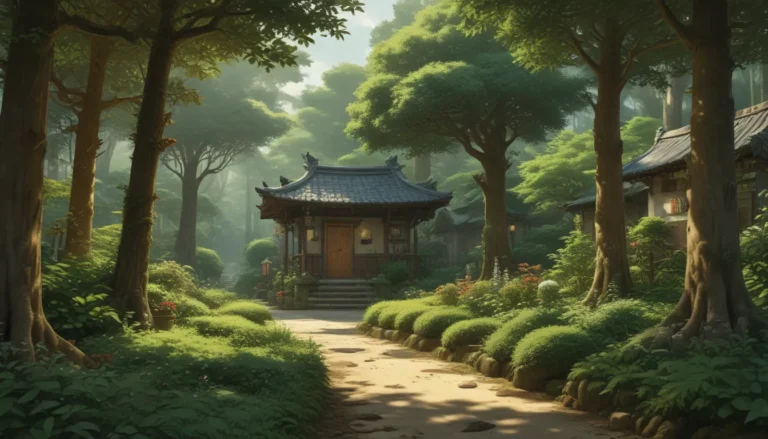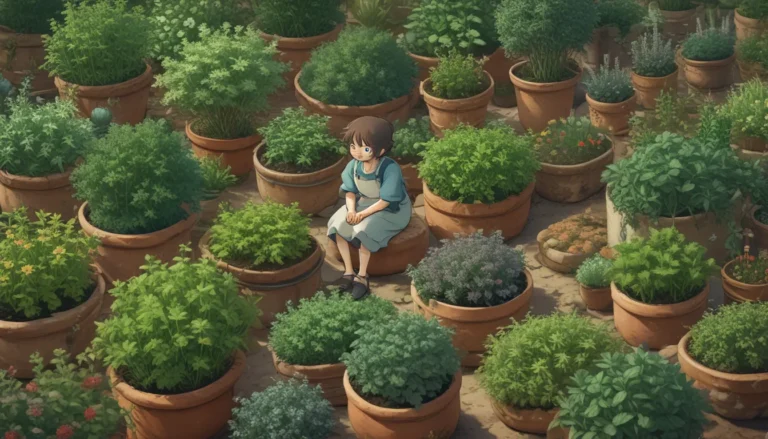Why Your Burning Bush May Not Turn Red: 7 Common Reasons

Burning bushes are known for their stunning autumn foliage that turns a vibrant scarlet color, making them a favorite in many landscapes. However, there are times when these non-native shrubs don’t quite live up to expectations, staying green instead of turning red. In this comprehensive guide, we’ll explore the reasons behind this coloration anomaly and how to address them.
1. Insects and Disease
Insects and diseases can wreak havoc on burning bushes, causing discoloration or affecting the overall health of the plant. Sap-sucking pests like scale and spider mites can lead to brown patches on the leaves or webbing that dulls their brightness. Additionally, fungal conditions such as powdery mildew and twig blight can cause yellowing of the foliage, a condition known as chlorosis.
2. Moisture Stress
Moisture stress is a common issue that can impact the color of burning bushes. Inadequate watering can lead to yellowing and browning of the leaves, while excessive rainfall in poorly drained areas can also cause chlorosis. It’s essential to ensure that your shrubs receive adequate water and are not subjected to prolonged dry spells or waterlogged conditions.
3. Not Cold Enough
The change in leaf color in burning bushes is often triggered by a drop in temperature, signaling the transition from summer to autumn. In unusually warm seasons, shrubs in sheltered locations may not experience the cold temperatures needed to turn their leaves red. Without this temperature trigger, the foliage may remain green until a hard frost causes it to wither and fall off.
4. Not True Seed
When burning bushes sprout from seeds dispersed by hybrid plants, they may not exhibit the same vibrant red color as their parent. Cross-breeding can result in offspring with varied traits, including different leaf colors. If you notice pink or less vibrant foliage on your shrubs, it may be due to the genetic variability of self-sown seedlings.
5. Too Much Shade
Burning bushes require ample sunlight to achieve their optimal fall color. Insufficient sunlight, especially in dense shade, can lead to lackluster foliage and reduced vibrancy in the leaves. Ensure that your shrubs receive at least six hours of sunlight each day to promote healthy growth and vivid autumn coloration.
6. Wrong Season
Understanding the seasonal changes in burning bushes can help manage expectations regarding leaf color. These deciduous shrubs sprout new leaves in spring, followed by greenish-yellow blossoms that eventually form seed capsules in autumn. The transition from green to red foliage occurs gradually during this period, with leaves often displaying both colors simultaneously.
7. Wrong Variety
Not all Euonymus shrubs produce red foliage in the fall, as some species exhibit different color changes or less vibrant hues. Varieties like E. verrucosus and E. grandiflorus may turn pink or reddish-purple instead of the classic scarlet red. It’s essential to choose the right variety based on your color preferences and expectations for fall foliage.
Supporting Your Shrubs for Vibrant Fall Colors
To ensure your burning bushes display their best colors in the fall, address common issues such as pest infestations, inadequate watering, and insufficient sunlight. Monitor your plants regularly for signs of disease or stress, provide proper care and maintenance, and purchase shrubs from reputable sources to guarantee quality and color consistency.
In USDA Hardiness Zones 4 to 8 where E. alatus is allowed, consider adding this scarlet-leafed shrub to your landscape for a dazzling autumn display. In regions where non-native species are prohibited, or if you prefer a more subdued color palette, opt for the native E. atropurpureus with its less vibrant red hue but equally attractive berries.
By understanding the factors that affect the coloration of burning bushes, you can cultivate these shrubs with confidence and enjoy a festive fall display in your garden. Have you encountered color issues with your burning bushes? Share your experiences in the comments below!
If you’re interested in learning more about growing woody shrubs in your garden, check out these additional resources:
- How to Grow and Care for Rose of Sharon
- How to Grow Toyon (California Holly)
- How to Grow and Care for Juniper Shrubs
*





